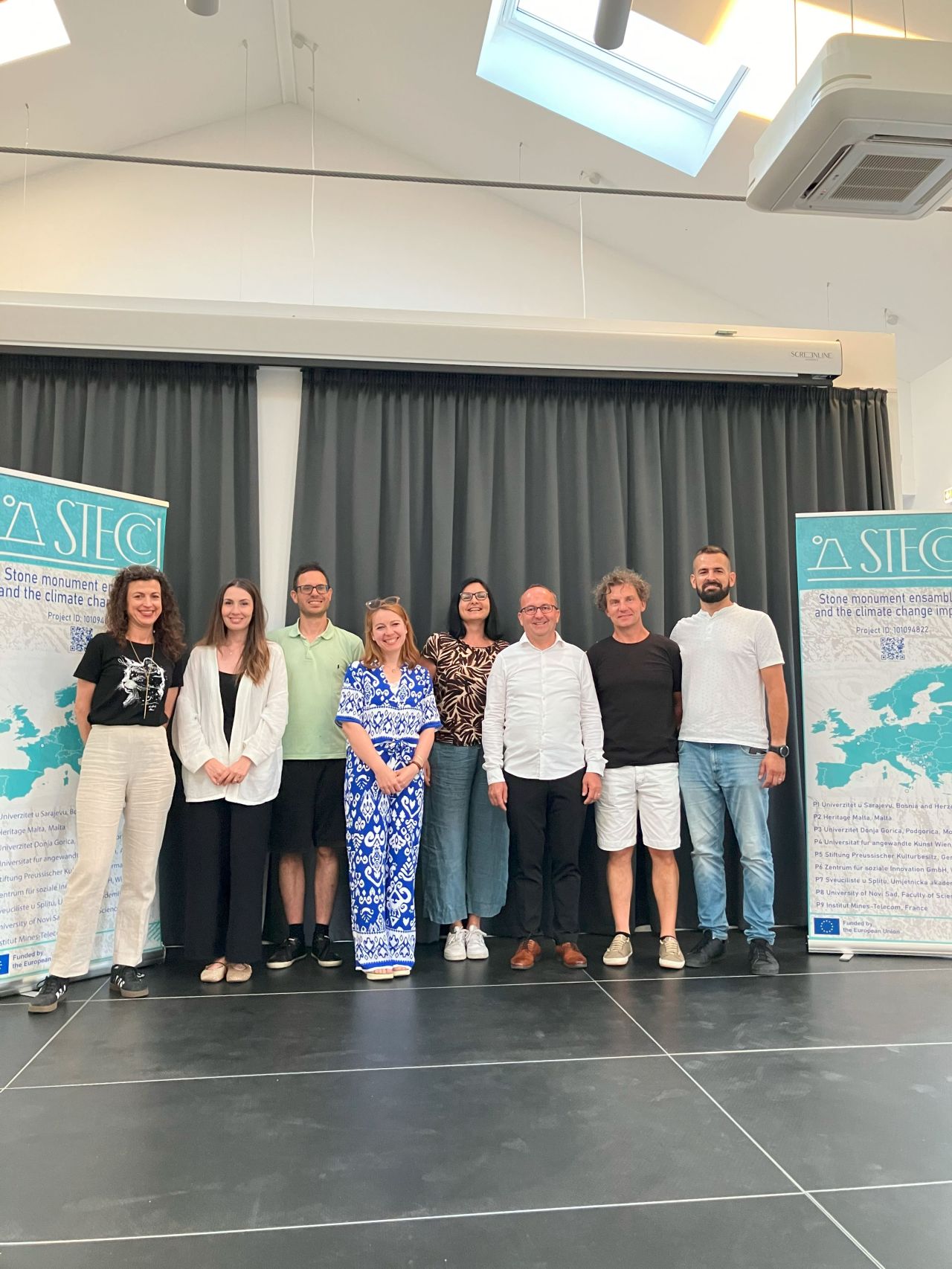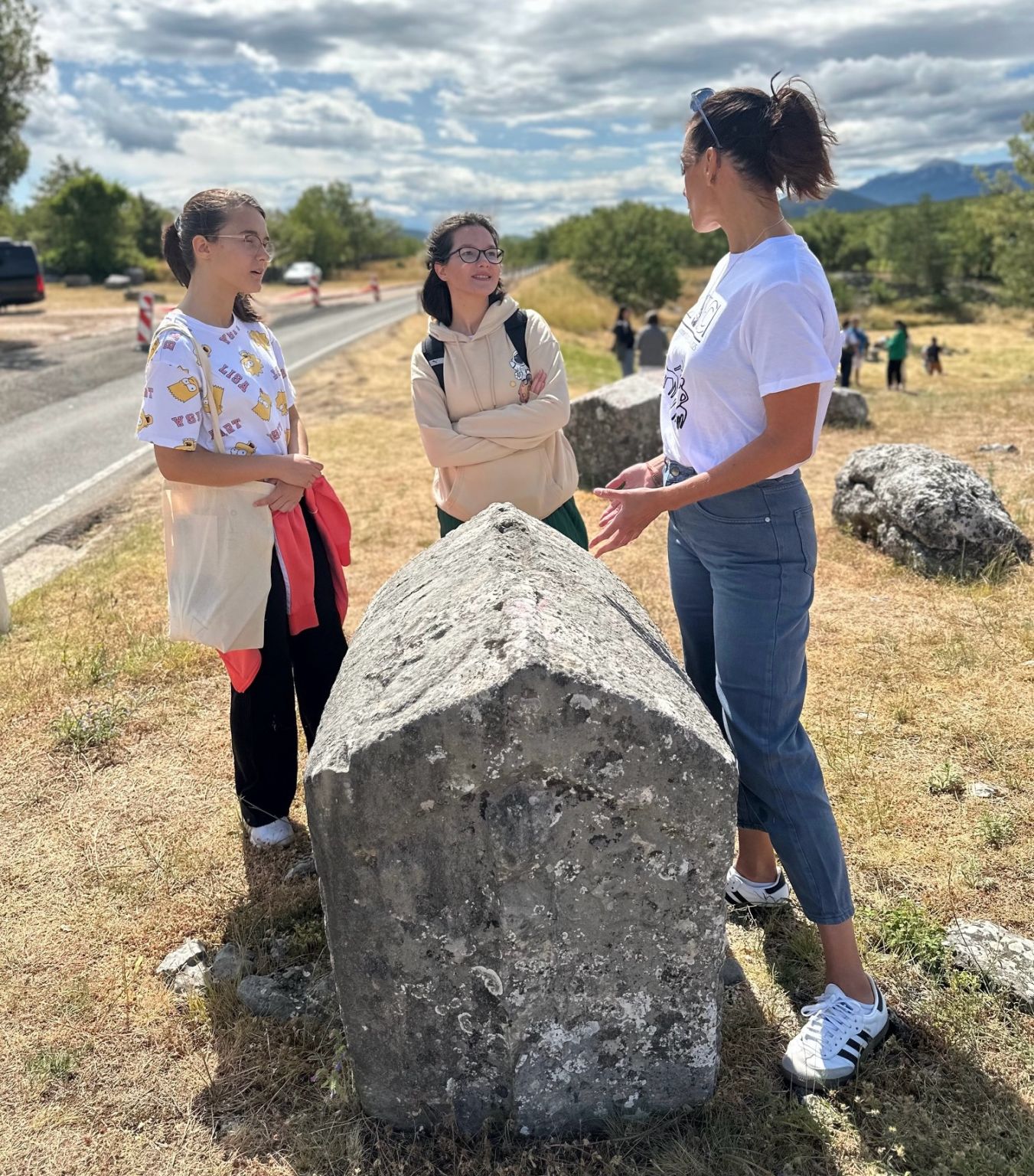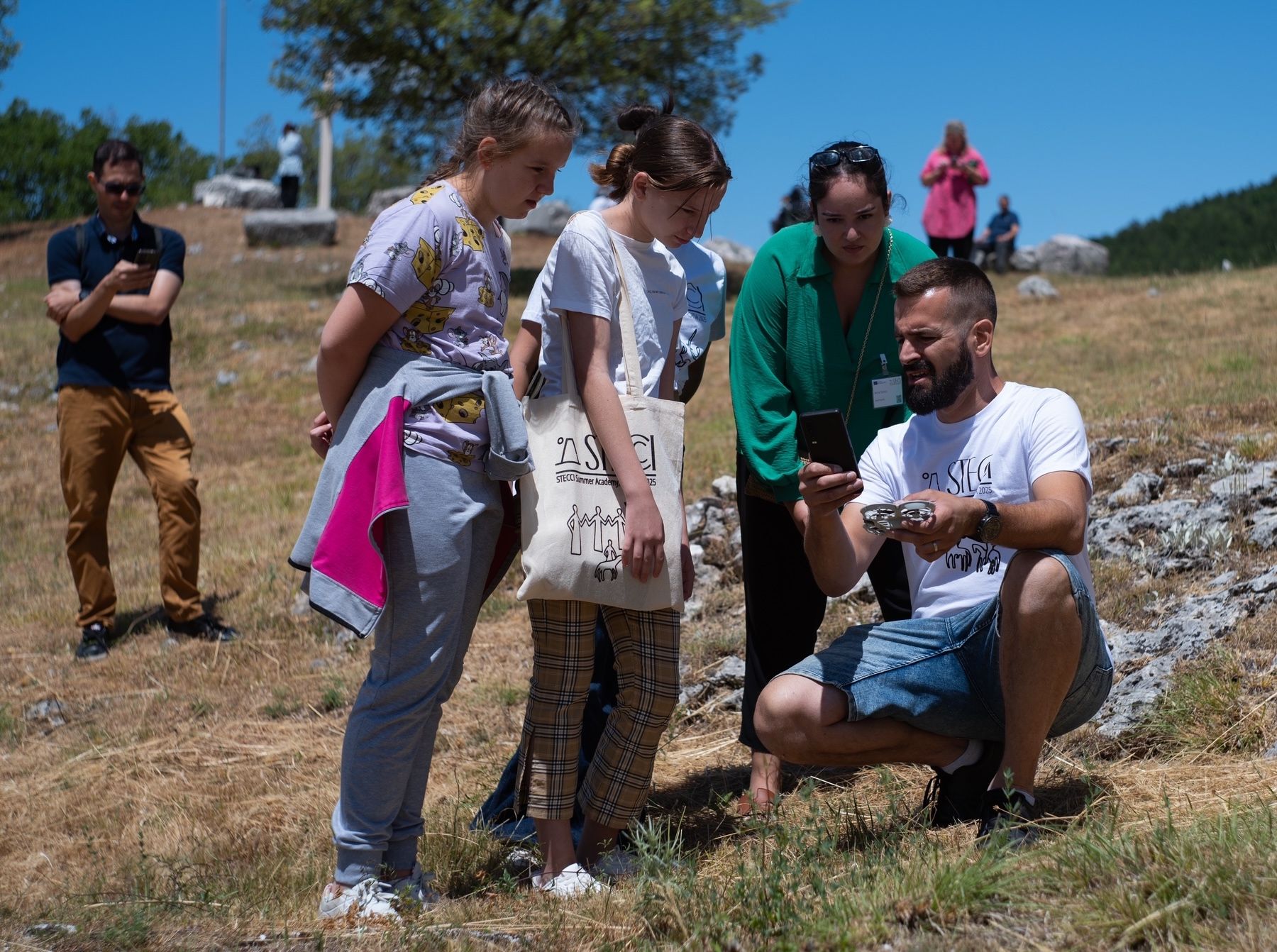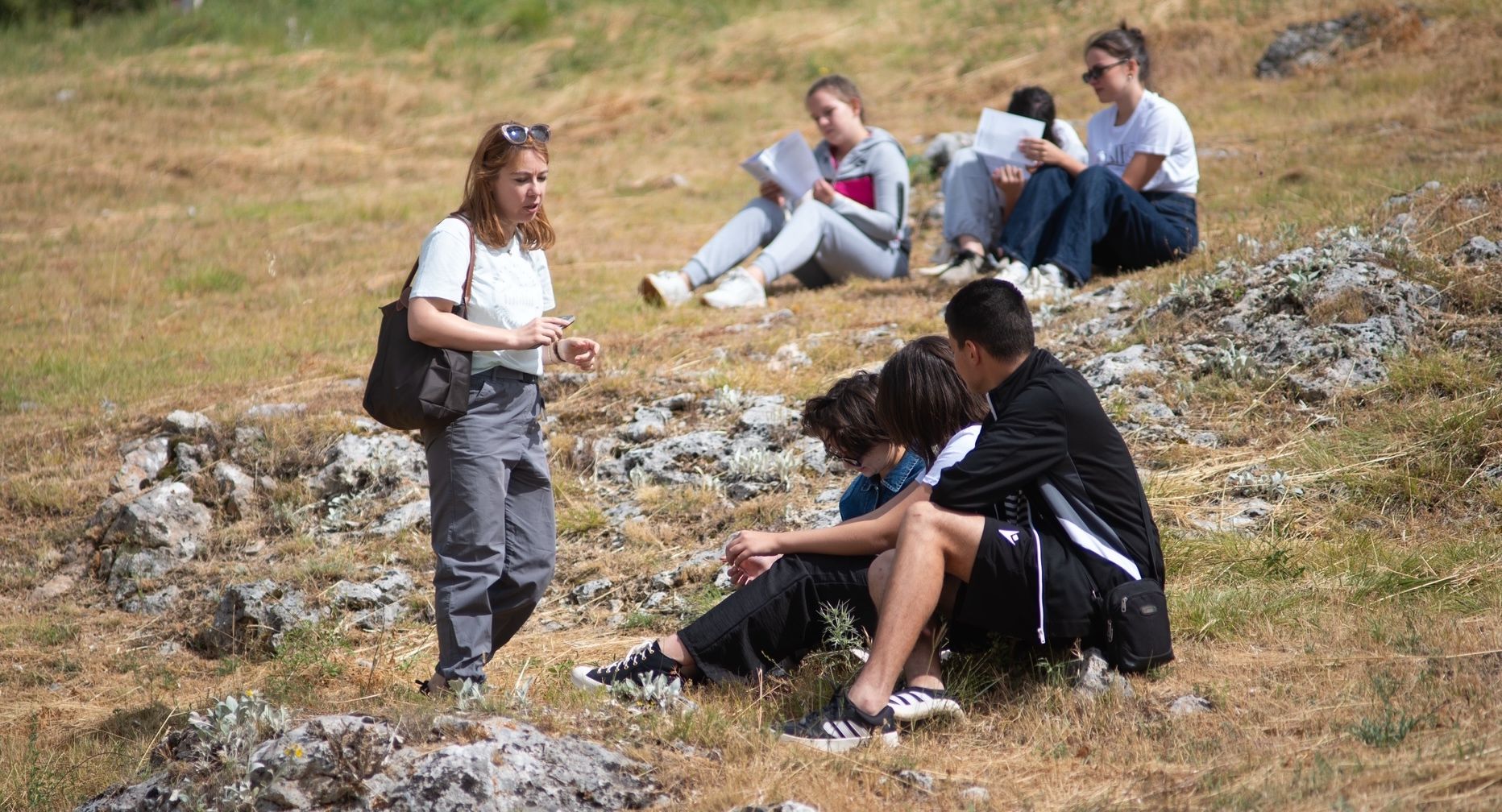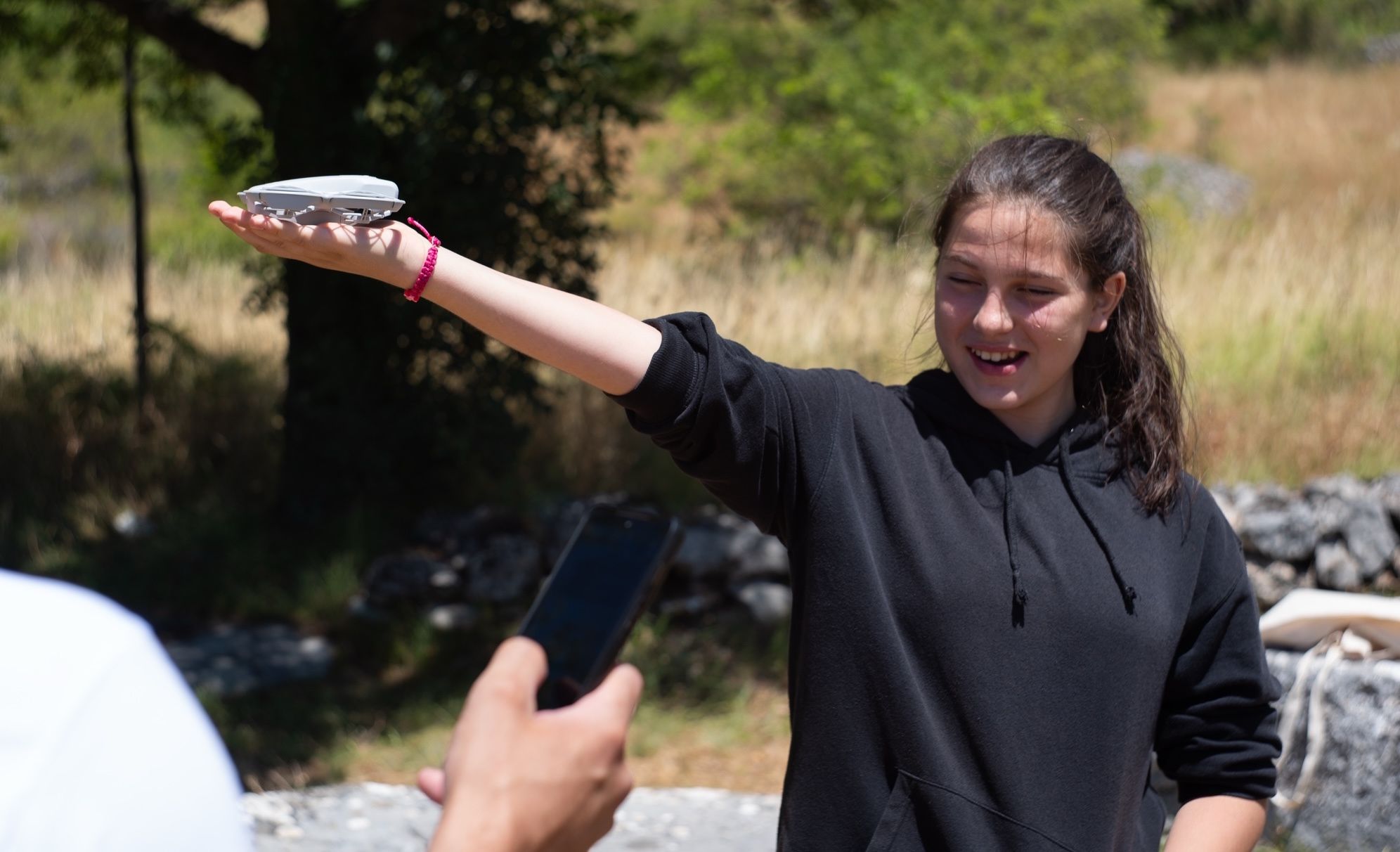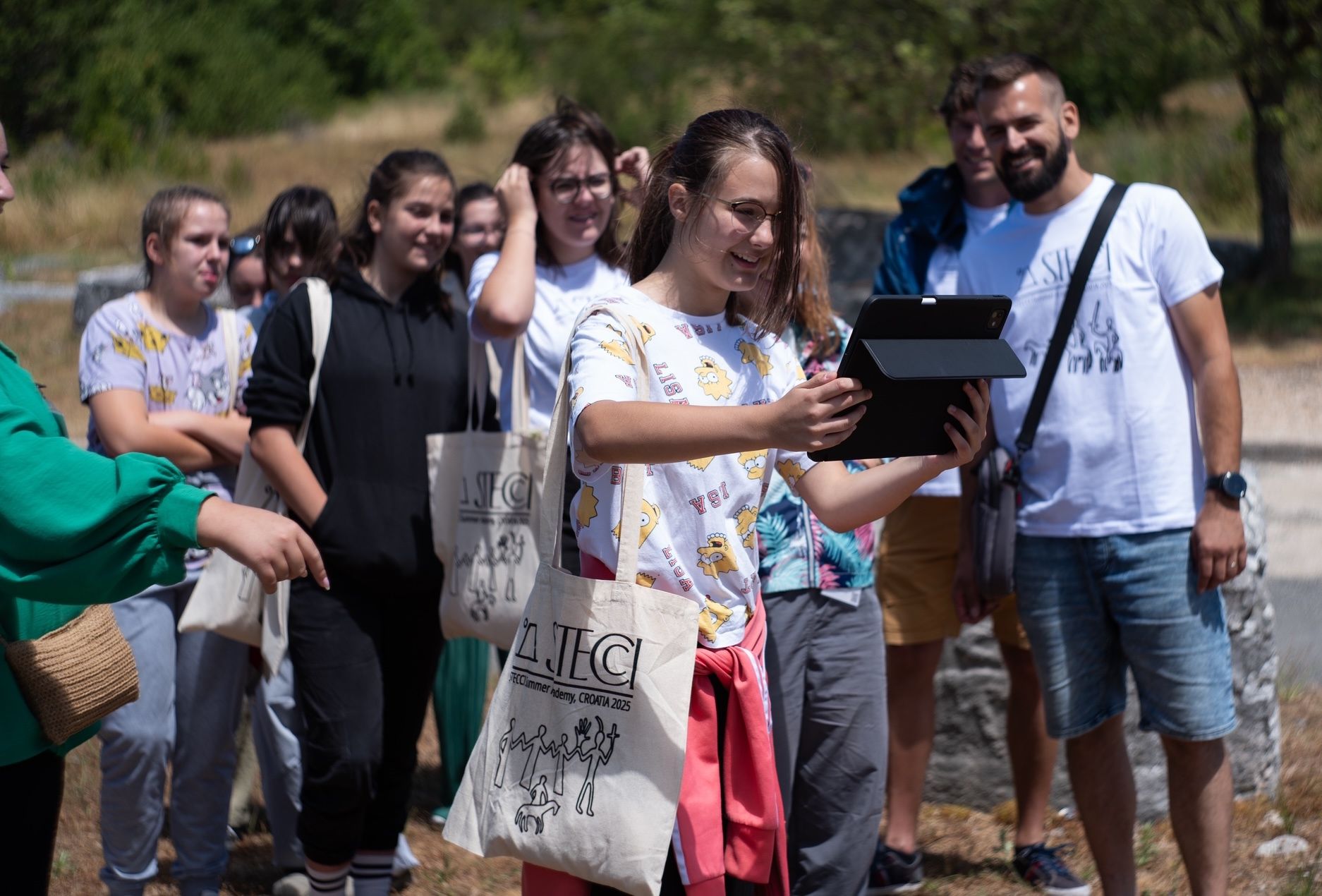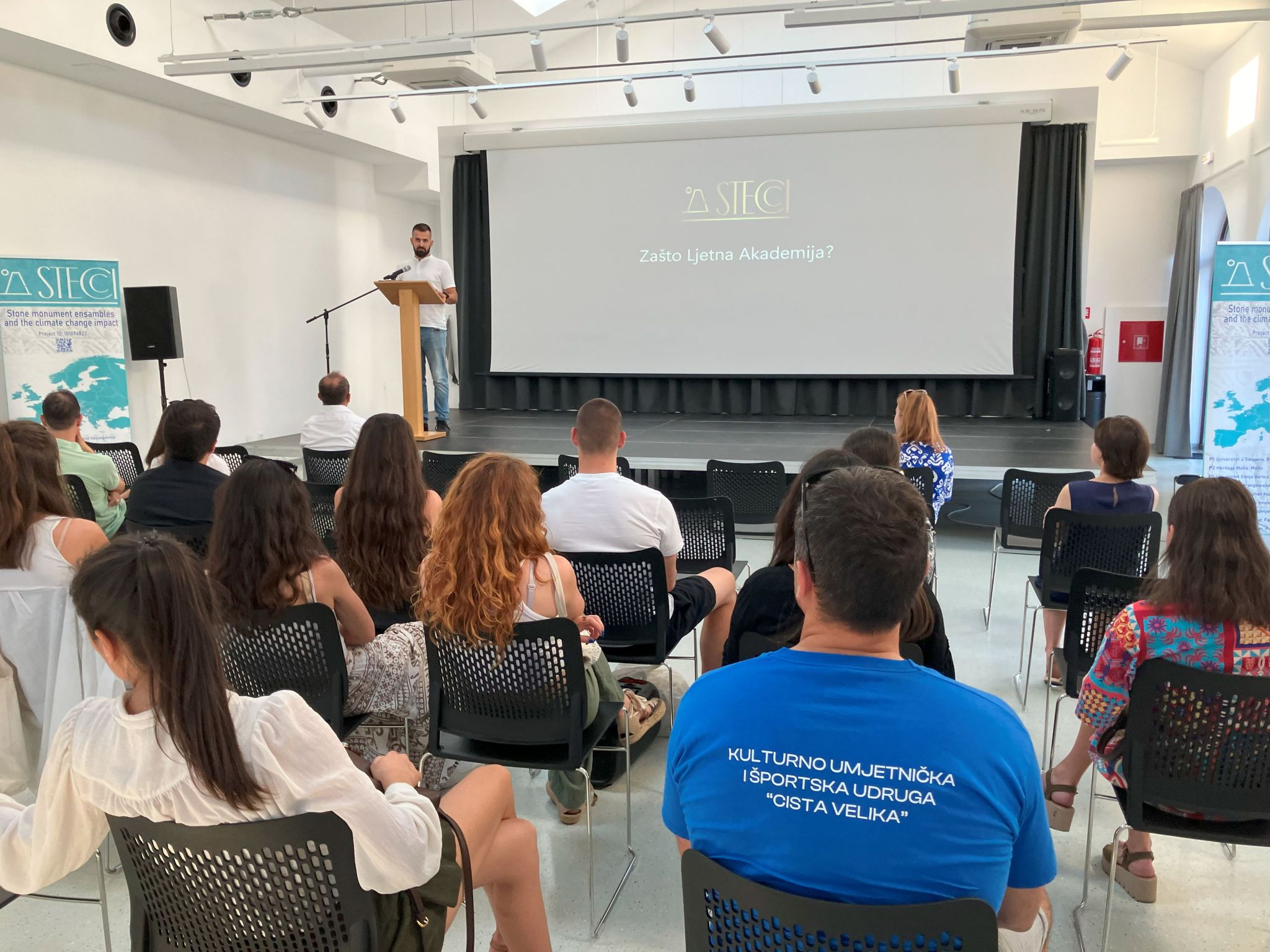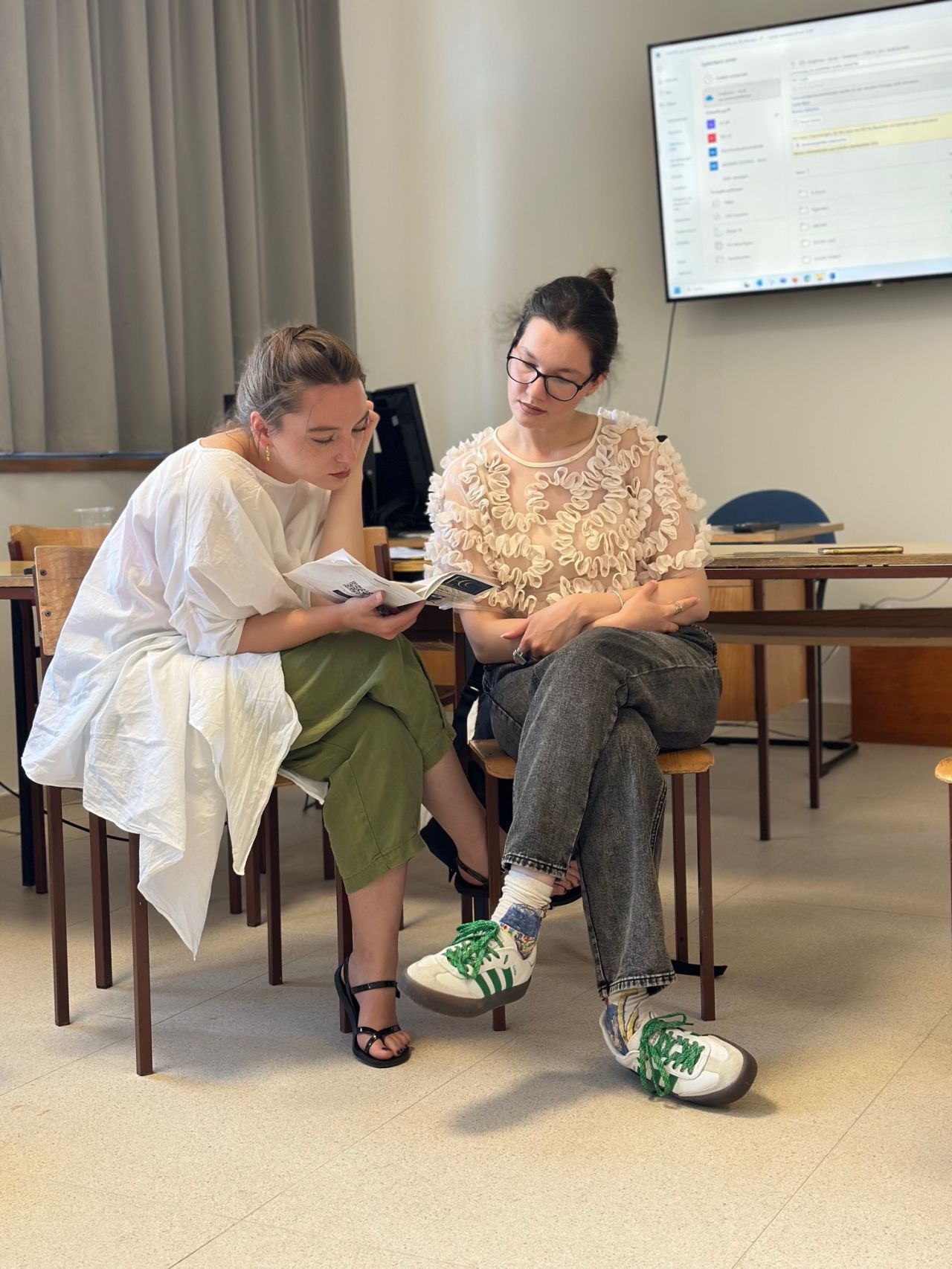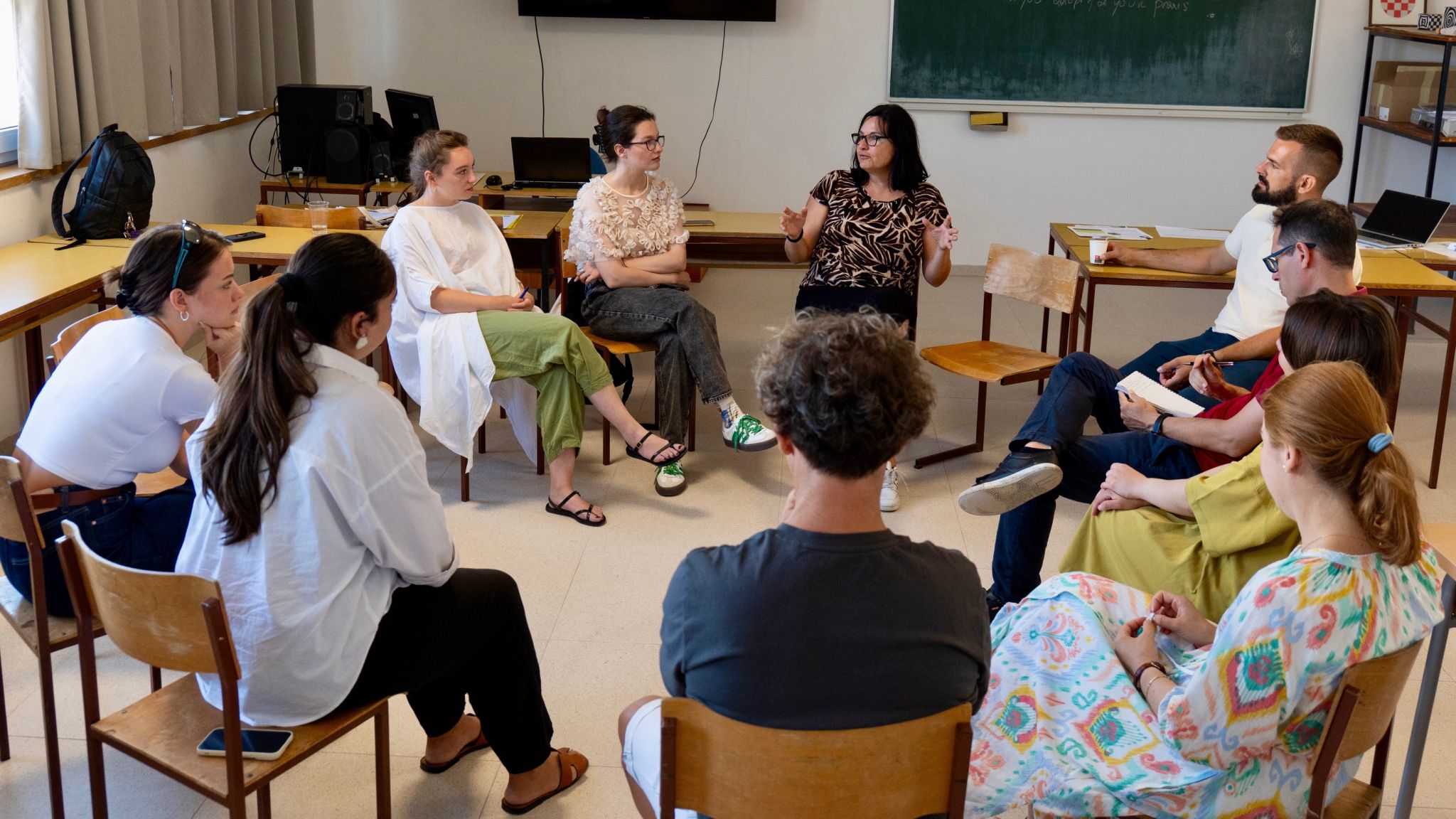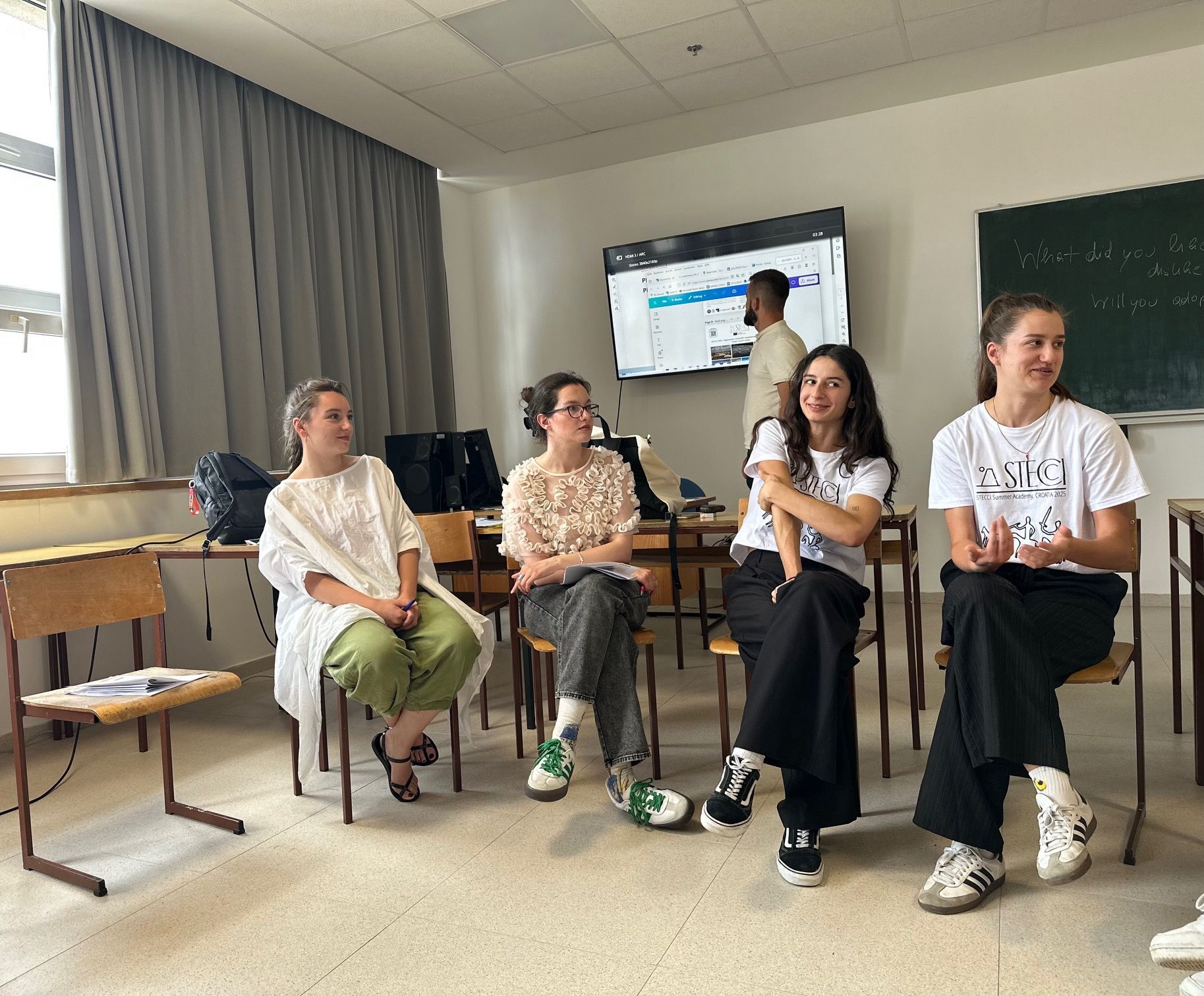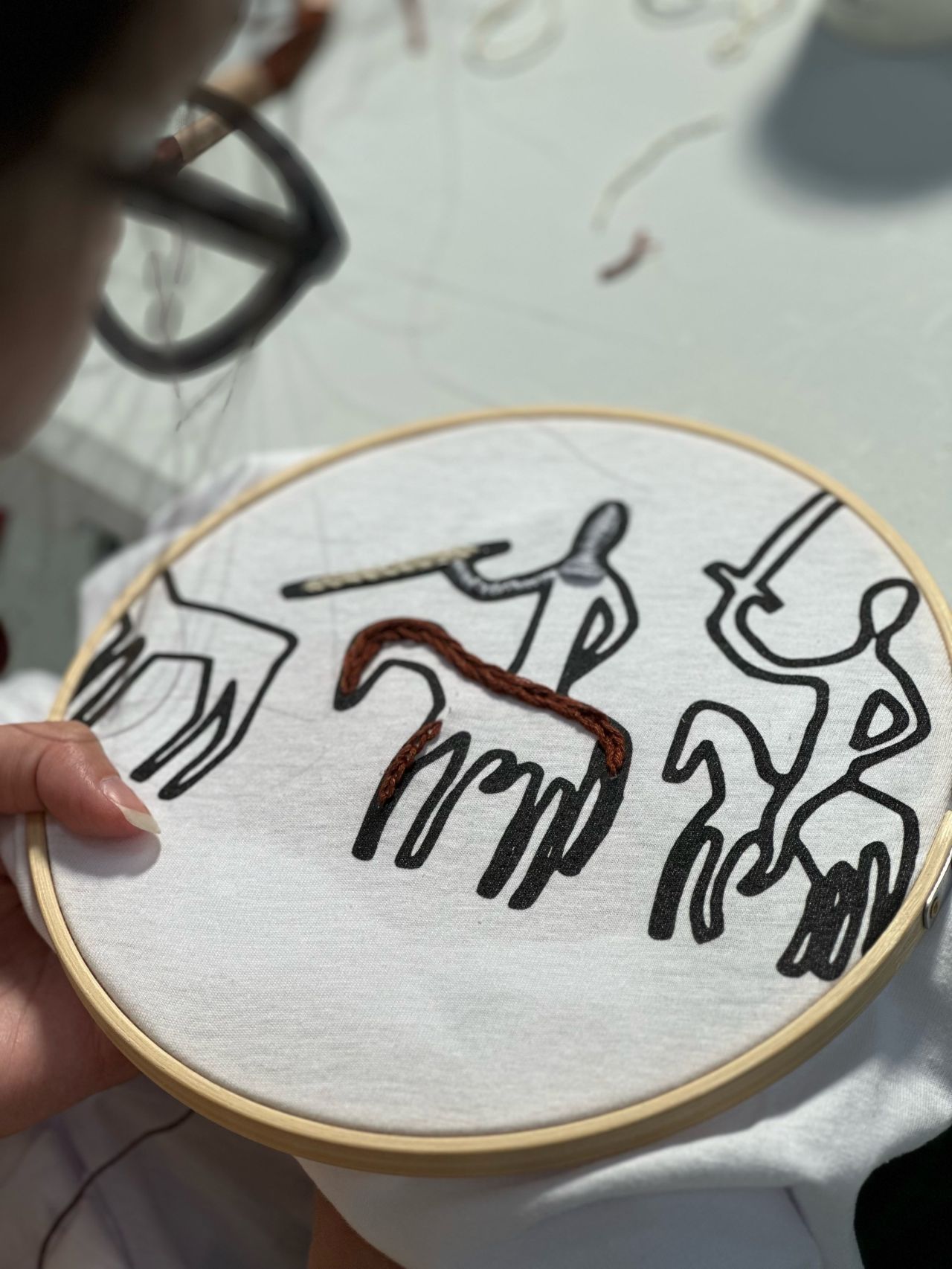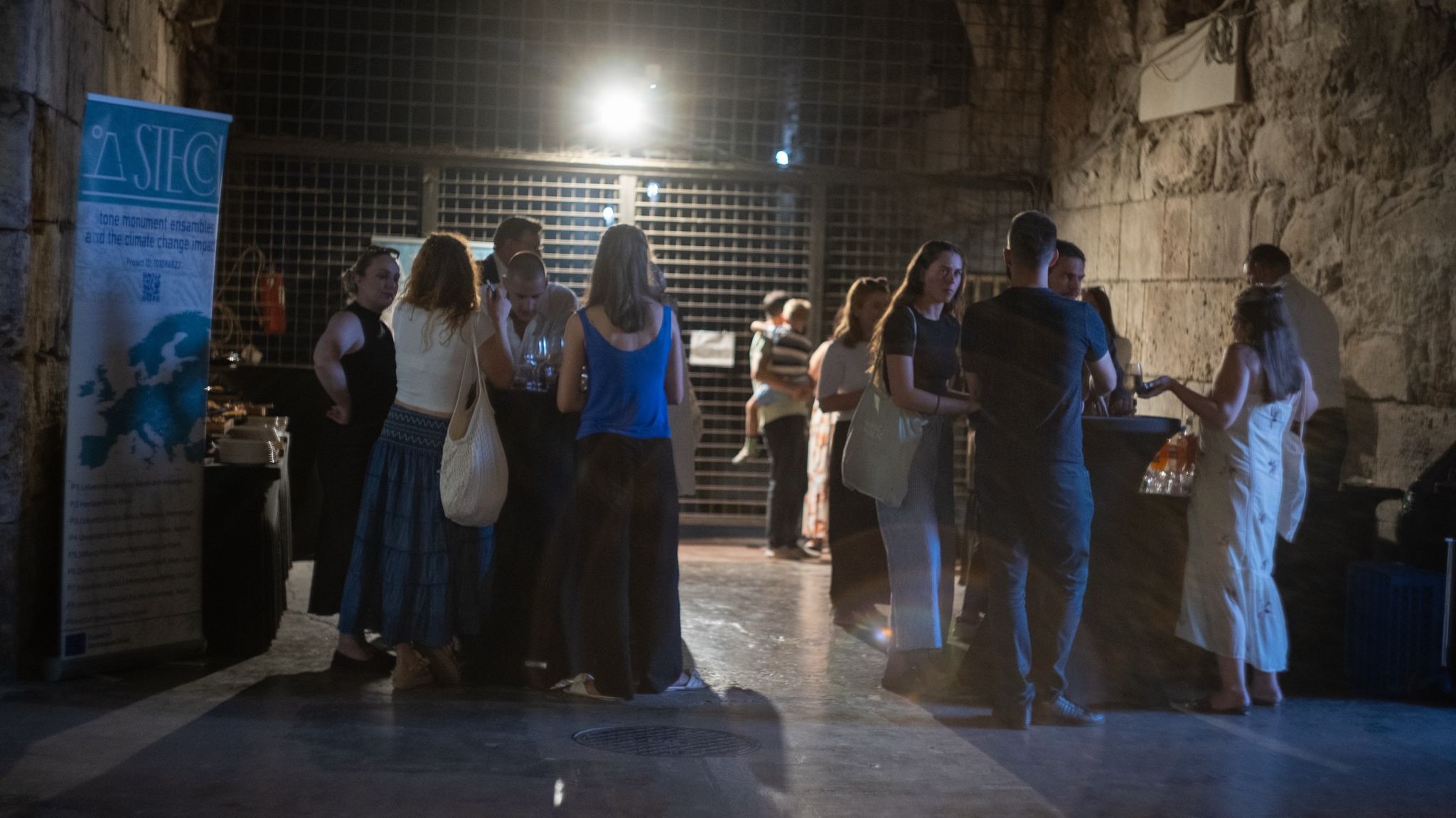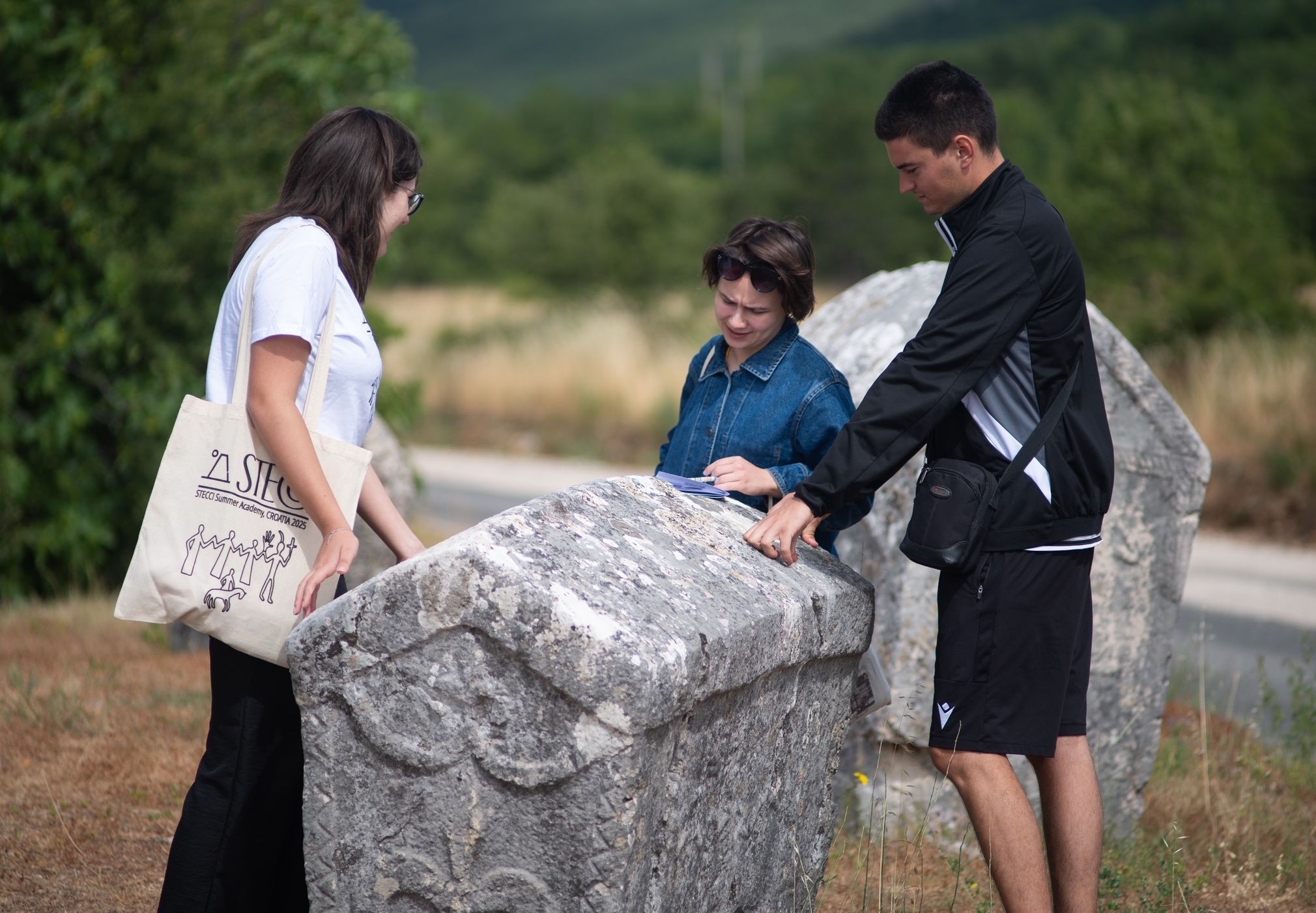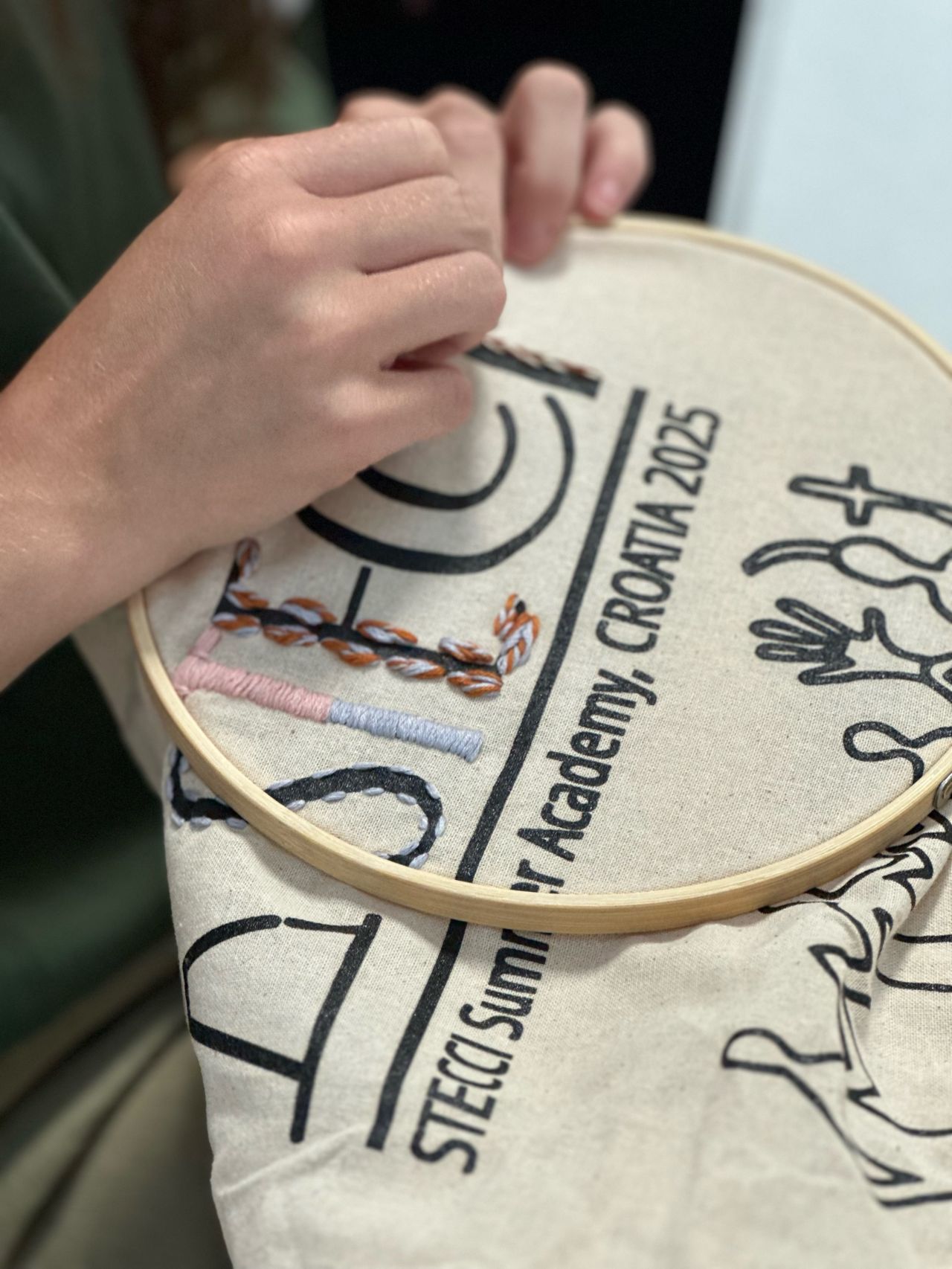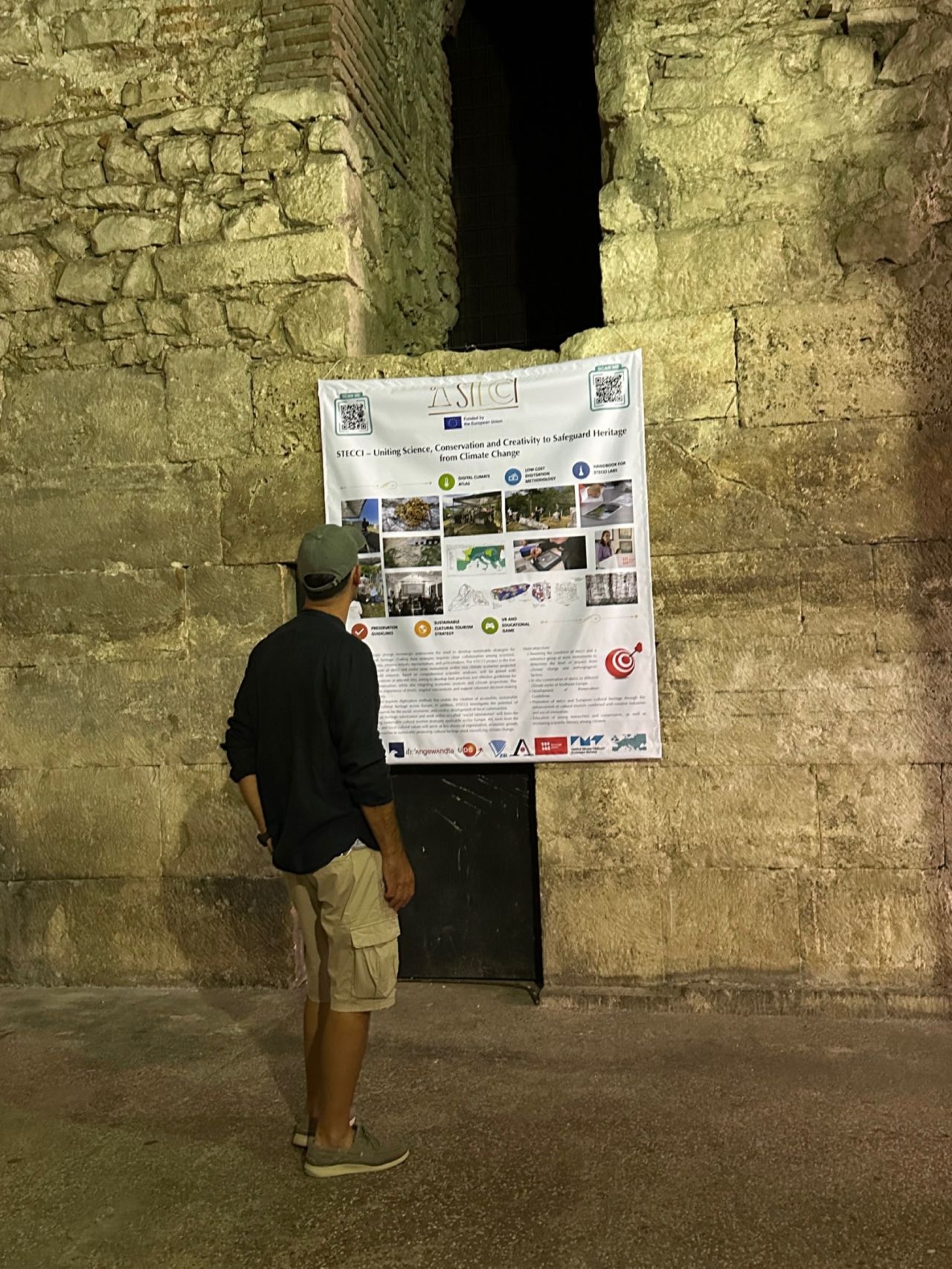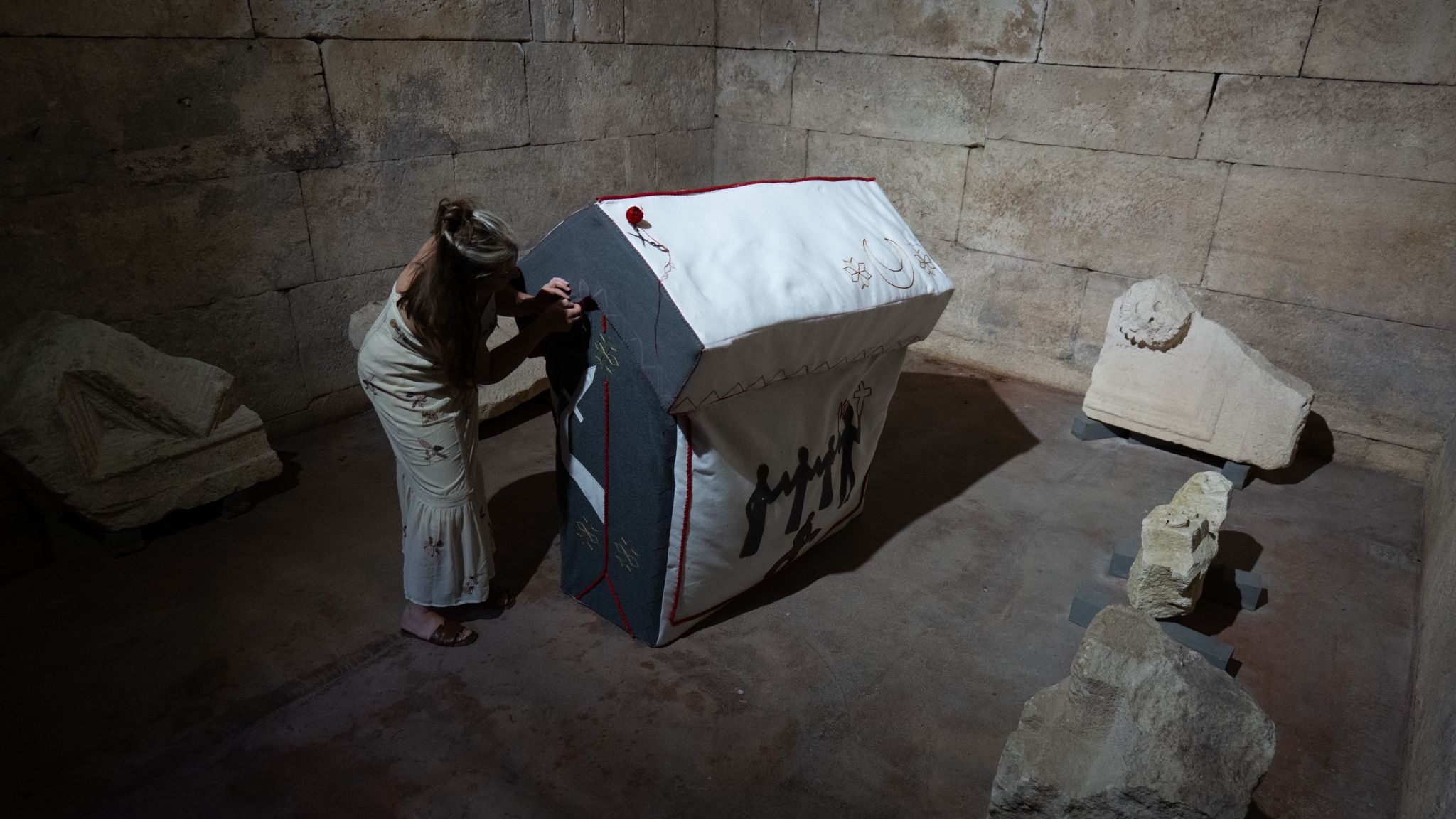Review On The International Stecci Summer Academy And Exhibition In Split: Citizen Science For The Medieval Stećci In Cista Provo/Cista Velika, Croatia, 6th – 11th of July, 2025
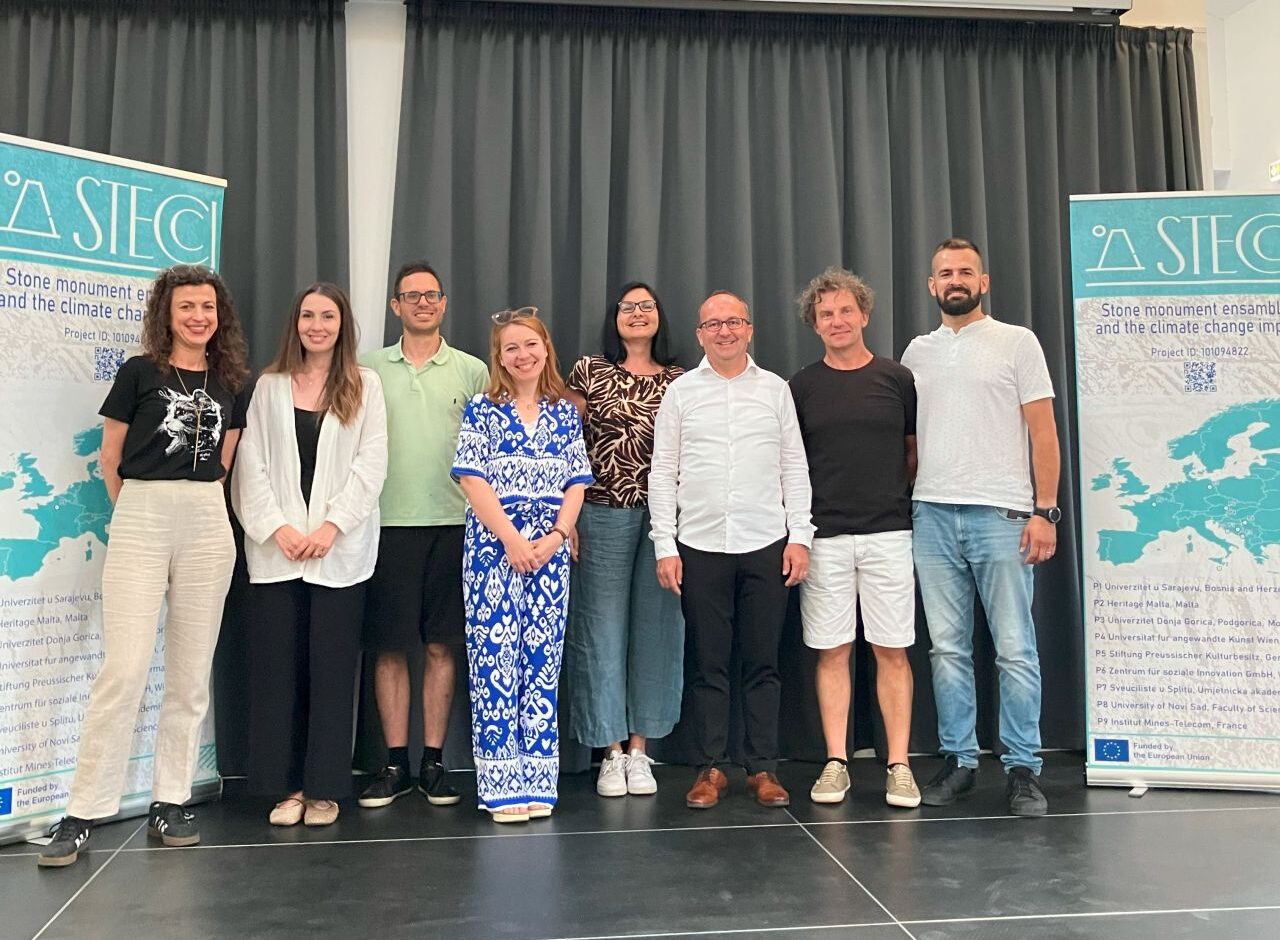
Overview
Over 80 participants – mainly from Croatia, Bosnia & Herzegovina, Montenegro, Slovakia and Austria – became a STECCI citizen scientist or science facilitator and took part in the vibrant and educative exhibition with artistic performances! The activities were curated by the HORIZON Europe project – Stone Monument Ensembles and the climate change impact (2023-2027).
- STECCI exhibition accessible to the public: until 28th of July 2025, in the heart of Diocletian’s Cellars, in the central corridor: Ul. Iza Vestibula 3, 21000 Split, Croatia.
- Consider to take part in the short online survey – accessible until 20th of September 2025 – and to contribute to the citizen science research work! Click here to enter…
From 6th to 11th of July 2025, Split and Cista Provo/Cista Velika in Croatia became vivid centres for citizen science and transdisciplinary research focused on the medieval cultural heritage of stećci. The programme included learning for students of multi-disciplines and public engagement activities.
Creative Citizen Science for Stećci
Stećak (plural stećci) is a unique cultural heritage in South-East Europe, which has been included on the UNESCO World Heritage list. During the one-week programme in Split, participants tested participatory and art-based approaches for cultural heritage research that can be used for school or informal learning and socially inclusive cultural heritage management and preservation, equally. Furthermore, the STECCI Summer Academy was two-fold: Beside an academic programme with STECCI expert input and peer learning on cultural heritage and citizen science (Prof Siniša Bizjak (UMAS), Prof Saida Ibragić (UNSA), Mag Aleksandra Gogić (UDG) Dr Gabor Szudi (ZSI), Prof Snežana Radulović (UNSPMF) and Dr Abdelrhman Fahmy (SPK)), science communication, preservation, chemistry, geology and storytelling, the programme brought together academic, students and the local community including children and their families for practical research experiments on-site.
STECCI Exhibition and Performances
On 10th of July two stećci-related performances were presented in Split in the framework of the public STECCI exhibition in the old town of Split:
One highlight was the ephemeral performance provided by the visual artist Nikolina Kuzmić (Split, Croatia) working on a textile stećak object during the STECCI exhibition opening. This object will be finalised in a second episode on-site the mysterious landscape of Cista Provo/Cista Velika surrounding a local collection of stećci. Kuzmić’s artistic practice is grounded in both, research and emotion. The artist explores the symbolic language of funerary customs and rituals, with a strong emphasis on the reinterpretation through contemporary craft. During the STECCI Summer Academy she also worked in a creative citizen science workshop using embroidery and traditional textile techniques as a way of connecting the intangible cultural heritage of the past together.
The second performance presented by six young Croatian actors and directed by the actor and UMAS acting teacher Davor Pavić was re-performed – after its premiere at the STECCI Summer Academy kick-off on 6th of July – in the framework of the STECCI exhibition in Diocletian’s Cellars in Split. It experimented with poetry, artefacts and different settings for performance. Nikolina Domuzin, Mirela Banić, Luka Tino Šajin, Laura Jurišić, Elena Bukvić, Leon Macanović interpreted poetry and stories inspired by stećci symbols and ornaments. Both performances incorporated the poems “Kameni Spavač” by the Bosnian poet Mak Dizdar (1917-1971). In his publication, Dizdar evokes a historical setting by imagining the world through the eyes of the deceased from the medieval period.
Biographies of scientist and artists available on request.

